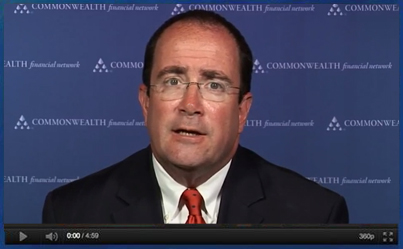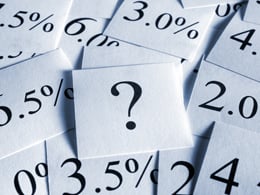The December jobs report came in this morning, with very good results overall.
- The total number of jobs was up by 252,000, beating expectations of 240,000.
- This continues the streak of months with 200,000-plus jobs created, the longest since the mid-1990s.














